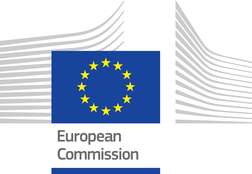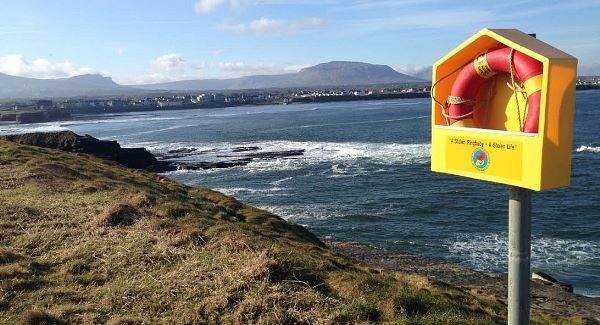1. Information about the procurement
ICT Solution: “Smart Tech, saving lives (IoT Network to monitor and report on Life Rings- their presence or absence- to ensure efficient and effective replacement- potentially saving time, money and lives)”
Dublin City Council manages approximately 130 ring buoys in Dublin. These ring buoys are located on the banks of the two canals, the three rivers (Liffey, Tolka and Dodder), in the Docklands area and in the city council beach areas. Unfortunately, approximately 15 of these life rings went missing/were stolen every week. This problem existed across all 31 local authorities area in Ireland with 18 managing coastal water safety and all managing inland water safety. Across Ireland hundreds of life buoys went missing every week putting people’s lives at risk.
Dublin City Council’s Water Safety Officer and Water Safety Ireland are jointly responsible for the monitoring and maintenance of the ring buoys in Dublin City. Ring buoy inspectors did this by driving and walking around the area checking the integrity of every single ring buoy. This included checking the ring buoy itself, as well as the housing and the rope. All problems, including missing parts, were logged on a paper filing system. At this point, new parts (ring buoys or rope) were ordered and deployed on the next visit to that location.
This meant a ring buoy could be missing for up to 4 weeks at a time, which was not ideal from a water safety perspective. Additionally, ring buoys cost approx. €40 a piece, so the replacement of approximately 600 in a year costed Dublin City Council in excess of €20000 per annum. On top of this, many of the missing ring buoys ended up in landfill sites creating a huge amount of plastic waste which was not a positive contribution to Dublin City Council’s sustainability programmes.
The challenges were:
- To decrease the number of ring buoys that go missing.
- To reduce the period of time that a ring buoy is missing.
- To lower the level of emissions currently released from the vehicles used by operatives checking the ring buoys.
- To reduce the waste created from ring buoys that have been tampered with and are no longer usable.
- To decrease the bill to the tax-payer of purchasing new ring buoys/rope/housing.
Key technologies:
Low-cost Low-Power Wide Area Network (LPWAN – a new type of connectivity innovation) sensors were to be trialled in this project. Such sensors had not been used for monitoring ring buoys before. They are much cheaper to manage than standard cellular/SIM solutions which had been trialled in the past. They also require significantly less power, which means each sensor can be deployed for up to 10 years on a battery without requiring any mains power. Using such simple tools to improve the efficiency and sustainability of a life-saving device was the expected innovation. The sensors are connected to a dashboard and alert system.
Type of innovation procurement: Public Procurement of Innovative Solutions (PPI)
Timeframe: 2019 – December 2020
Budget invested by the procurer: €30.000 for an initial pilot, a wider roll out of this solution to other cities and beyond would have a larger budget. Total value of the Framework Agreement 750 000.00 EUR





